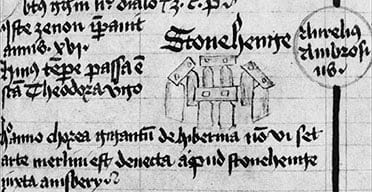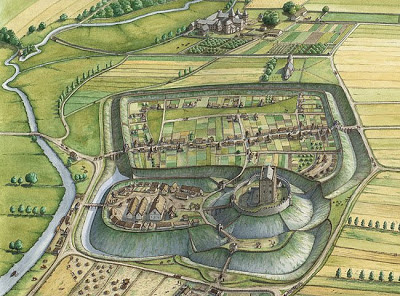A Guide to Archaeological Illustration

As the 2018 season of Dig Berkeley draws to a close, we are taking a look at some of the techniques in archaeology that don't often get the spotlight, but are important in the understanding and recording of our finds. One such technique is archaeological illustration. There is evidence that archaeological illustration has been utilised since the medieval period, with archaeological artefacts and sites being recorded through drawing such as a 14th century interpretation of Stonehenge, below. Archaeological illustrations became especially common in Europe during the Renaissance; topographical illustrations featuring interesting parts of the landscape were commonly created, including earthworks or mounds of archaeological interest. Many of these early illustrations were inaccurate, sometimes drawn based on verbal descriptions or brief observations, and were often not recognised as specifically archaeological features. One of the first measured and planned illustrations of archaeologic...









